Do you need help deciding which buildings to visit during Open House Prague 2024 on the weekend of May 18–19, or are you just looking for inspiration? Below is a list of carefully selected buildings that represent Prague’s architectural diversity as well as this year’s must-see places. You can visit several gems of functionalist architecture, important buildings tied to sports and education, or unique examples of various architecture styles. Our selection will take you to the heart of Prague as well as other city districts, such as Holešovice, Břevnov, or Ruzyně. Let’s go on a trip around the Czech capital! No prior registration is needed.

Functionalist Gems
ARA Palace
Built in 1931 and using a durable steel frame with the same technology as the New York skyscrapers, this monumental palace is remembered by many as Perla, a department store from the socialist period that sold clothing, appliances, and other goods. In 2019, the palace underwent a complete reconstruction. You can see interiors by Czech designers and architects that maintain some of the original elements and enjoy beautiful views of Prague from the terraces.

Tours in English:
Saturday 12 p.m., 2 p.m., 4 p.m., 5 p.m.
Electrical Enterprises Prague – Bubenská 1
Designed by Adolf Benš, born 130 years ago, this vast building in Holešovice used to be considered a symbol of the new age of modern architecture and progress. It was one of the first buildings in Czechoslovakia with air-conditioning, and there was also a spa for the employees. The 2020 reconstruction by TaK Architects was named one of the biggest and most technically demanding works in the Czech Republic.

Tours in English:
Saturday 11 a.m., 1 p.m., 3 p.m., 5 p.m.
Sunday 12 p.m., 2 p.m., 4 p.m., 5 p.m.
Václav Havel Airport Prague – Terminal 4
Located in the district of Ruzyně, Prague Airport used to be one of the most modern airports in Europe. Right after it was finished, the functionalist Terminal 4 designed by Adolf Benš won gold at the International Exposition of Art and Technology in Paris in 1937. During the festival, you have a unique opportunity to visit the presidential and governmental lounge and see places that have welcomed President Barack Obama or Pope John Paul II!

Tours in English:
Saturday & Sunday
11 a.m., 1 p.m., 3 p.m., 5 p.m.
Sports
Clubhouse of the Autoclub of the Czech Republic
Opened in 1929 as the seat of the first Czech automobile club, this representative building was designed by eminent Czech architect Pavel Janák, who changed the exterior of the building from classical to neoclassical with purist elements. The interiors were designed to look spectacular, implementing marble cladding, stucco decoration, and oak veneers. This year also marks the 120th anniversary of the club’s foundation.

Tours in English:
Saturday & Sunday
11 a.m., 1 p.m., 3 p.m., 5 p.m.
Great Strahov Stadium
Adolf Hitler’s birthday celebration, mass gymnastics events, a concert of the Rolling Stones, and Mass with the pope. The Great Strahov Stadium, one of the world’s biggest stadiums, has seen a lot. Its story started over a century ago when architect Alois Dryák came up with the idea of a meeting place for the Sokols. Although the fate of the decaying stadium has been uncertain for a long time, there are now signs that it might turn into a technology center in the future.

Tours in English:
Saturday & Sunday
11 a.m., 1 p.m., 3 p.m., 5 p.m.
Sokol Gymnasium in Vinohrady
The Vinohrady branch of the Sokol has gone through many hardships. The building was seized by the Nazis before completion and dozens of the union’s members were executed. Shortly after the war, the communist party took over and physical education in Czechoslovakia was unified. It wasn’t until 1991 that the Sokol could renew its activities. The building is opening on the occasion of the 125th birth anniversary of architect František Marek.

Tours in English:
Saturday 12 p.m., 2 p.m., 4 p.m., 5 p.m.
Education
First Czech General Reinsurance Bank – Goethe-Institut
Originally built for a bank, the building boasts impressive decoration with an abundance of gold and marble. An important part of its history is the period when it served as the seat of the Embassy of the German Democratic Republic. Since 1991, it has housed Goethe-Institut, whose diverse activities opened the building to the public again. During the festival, you can even visit the sauna from the 1970s, which is still functional but usually closed to the public.

Tours in English:
Saturday & Sunday
11 a.m., 1 p.m., 3 p.m., 5 p.m.

Hlávka Student Dormitory
Named after architect, constructor, and philanthropist Josef Hlávka, this dormitory is a gem of Czech neo-renaissance architecture, with beautiful sgraffiti on the façade and preserved interior decoration. This year, we are commemorating the 120th anniversary of the dormitory’s foundation as well as the 70th anniversary of the passing of Josef Fanta, eminent figure in Czech architecture and author of the dormitory.
Hybernská Campus
In the communist period, the premises of the campus as well as the entire street were used by the Ministry of the Interior. There were offices, accommodation houses, interrogation rooms, and even the so-called “conspiracy apartments” of the secret police. Today, the campus is an important spot on Prague’s cultural map, regularly hosting various student events and community meetings. This year, you can also find the festival’s information center here.
Laichter House
Designed by famous Czech architect Jan Kotěra, the house belonged to Jan Laichter, owner of a publishing house and a close friend of President Masaryk. Externally, the architect decided to play with various types of rough plasters and bricks; inside, he connected the office of the publishing house with a family apartment through a staircase hall decorated with ornamental paintings and carved owls – symbols of wisdom and education.

Tours in English:
Saturday & Sunday
11 a.m., 1 p.m., 3 p.m., 5 p.m.
A Diversity of Styles
Adria Palace
Designed by Pavel Janák and Josef Zasche, Adria Palace is one of Prague’s few buildings built in the national style (also called Czech Art Deco, rondocubism, or Czech deconstructivism), which incorporates references to folklore, Slavic colorfulness, and a greater amount of decorativeness. Although it has been criticized by some generations of architects, today’s art historians agree that Adria Palace is one of the most fascinating architectural monuments in Prague.

Tours in English:
Saturday & Sunday
11 a.m., 1 p.m., 3 p.m., 5 p.m.
Clam-Gallas Palace
Located on an ancient intersection of medieval roads in the Old Town, this monumental baroque palace was rebuilt by the Gallas de Campo family as their residence. It was designed by Johann Bernhard Fischer von Erlach, while the rich sculptural decoration was provided by Matthias Bernard Braun. Between 2018 and 2022, the palace underwent a costly reconstruction, which gave it e.g. a brand new, gray façade.
Deym Palace and Václav Havel Library
Designed in the early classical style, the palace features two lovely courtyards and a façade with sculptures made by famous Czech artist David Černý. It was designed by Johann Ignaz Palliardi for count Josef Vratislav of Mitrovice. The palace was then owned by the House of Schwarzenberg, nationalized after the communist party took over in 1948, and later used as the main office of the Embassy of Israel. Today, it houses the Václav Havel Library.
Na Libušince Villa
Located near the railway bridge in Vyšehrad, this unique villa was built in the style of Art Nouveau with classical influences and cubist elements. It was designed by Emil Králíček, author of the iconic cubist lamp on Jungmann Square. During the tour, you can notice the original parts of the interiors, including the geometrical Art Nouveau handrail, see the original gargoyle fountain in the garden, and enjoy a view of the Vltava river from the terrace.
Old Town Market Hall
Built in the late 19th century, this majestic neo-renaissance building used to be a lively marketplace where people shopped for fresh groceries. Its nature and function was significantly altered in the 1980s – the gorgeous vault under the roof was covered up, and the market was replaced by a supermarket. A major reconstruction was set to start in 2020 but was eventually called off after several postponements.

Tours in English:
Saturday & Sunday
11 a.m., 1 p.m., 3 p.m., 5 p.m.
Škoda Works Palace – Prague City Hall
Designed by Pavel Janák, who is also a co-author of the neighboring Adria Palace, today’s seat of the Prague City Hall was originally built in 1929 for major Czech automobile company Škoda Works. During the festival, you can visit the so-called Škoda Lounges, where you can admire exquisitely crafted interior details and original furnishings.

Tours in English:
Saturday & Sunday
11 a.m., 1 p.m., 3 p.m., 5 p.m.




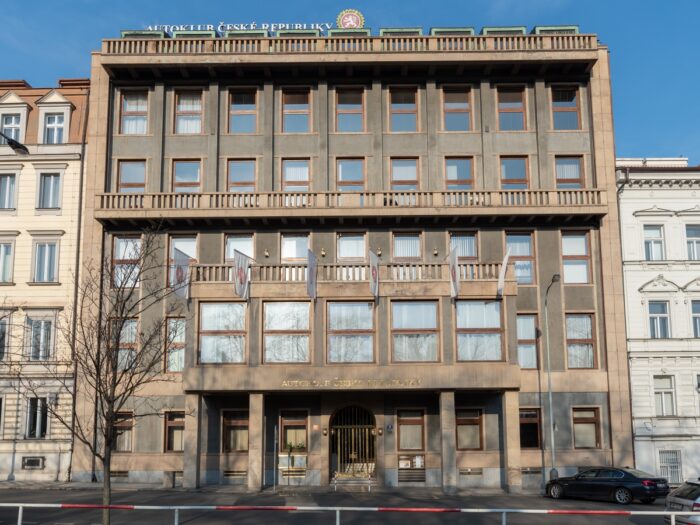
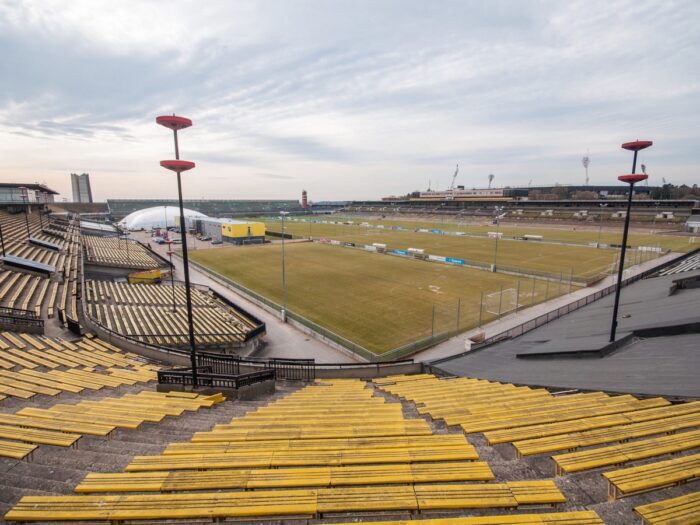
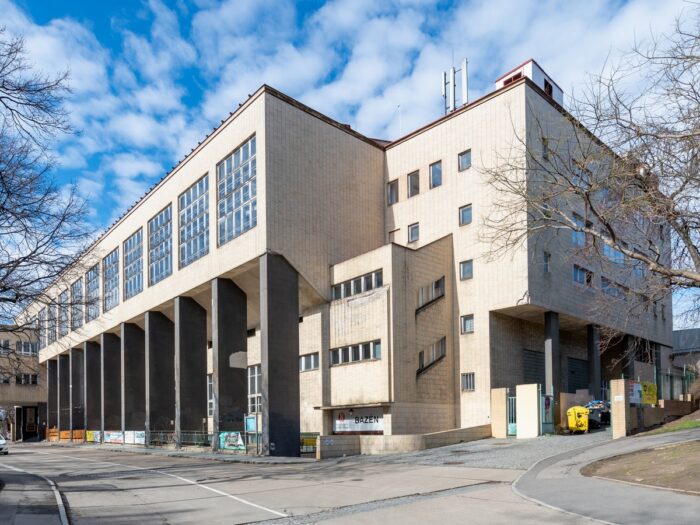
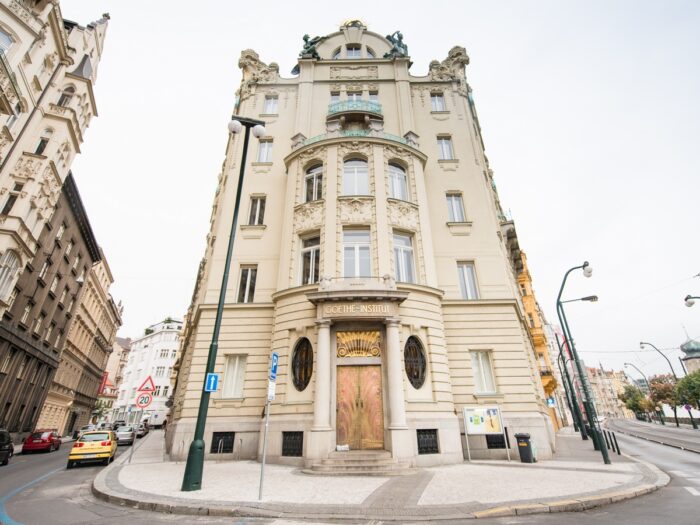

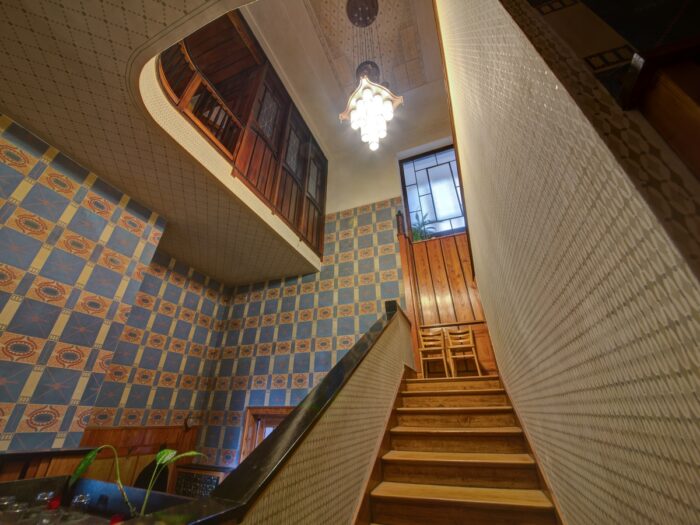



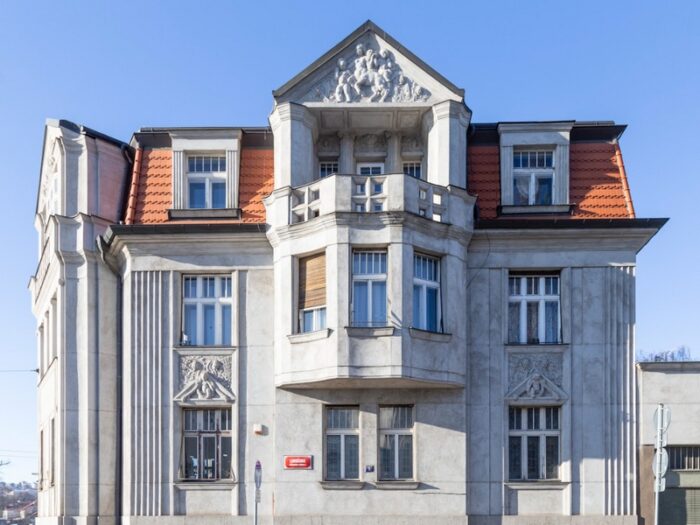


Comments are closed here.